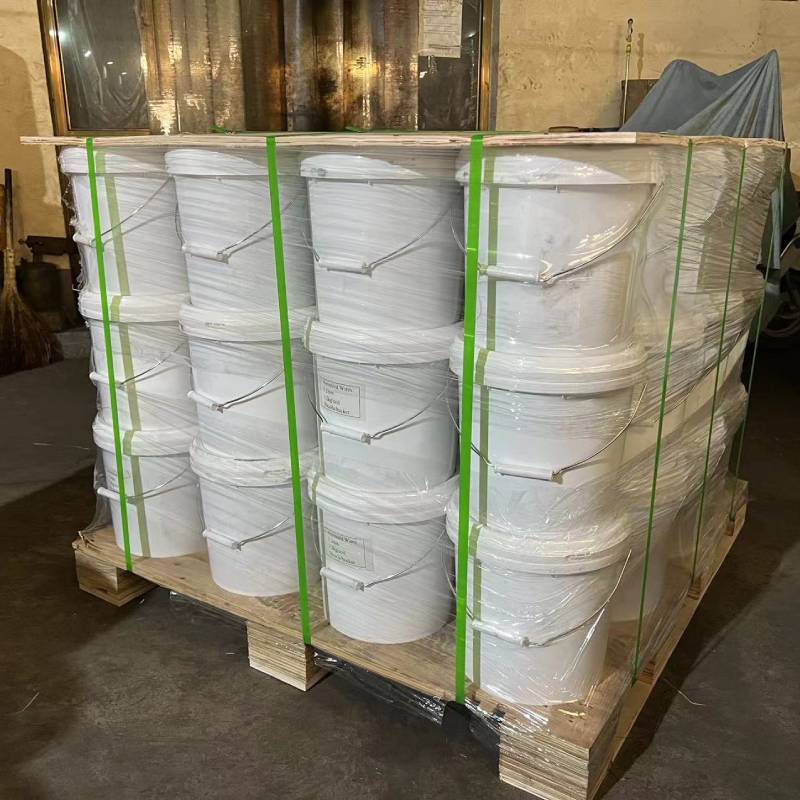
- Mobile Phone
- +8613931874955
- sales@cntcmetal.com
Optimal Mesh Size for Concrete Slabs in Construction Projects
Understanding Concrete Slab Mesh Size A Comprehensive Guide
Concrete slabs are an essential component of modern construction, used in everything from residential flooring to large commercial spaces. One critical aspect of a concrete slab's structural integrity is the inclusion of reinforcement mesh, often referred to simply as rebar or wire mesh. The size of this mesh is not just a trivial detail; it plays a significant role in the slab's performance, durability, and safety. This article aims to delve into the importance of mesh size in concrete slabs, discussing various factors that influence its selection and the implications for construction practices.
What is Concrete Slab Mesh?
Reinforcement mesh in concrete slabs is a grid-like framework made from steel wire rods that are welded or woven together. This mesh serves to enhance the tensile strength of concrete, which is naturally strong in compression but weak in tension. By incorporating reinforcement, the mesh helps to prevent cracking and structural failure, particularly in areas subjected to heavy loads or environmental stresses.
Mesh Size Importance and Specifications
The term mesh size refers to the dimensions and spacing of the steel wires in the grid. Depending on the application and the structural requirements of the slab, different mesh sizes may be used.
1. Mesh Wire Diameter The diameter of the wires is a critical factor in determining the mesh's strength and durability. Common diameters for concrete mesh range from 4mm to 12mm. Thicker wires provide greater strength but may also increase the overall weight and cost of the materials.
2. Mesh Spacing The spacing of the wires—measured in terms of the number of wires per meter—also affects the slab's capacity to withstand external forces. Closer spacing results in better distribution of loads and minimizes the chances of crack propagation. Standard spacing often ranges from 100mm to 300mm, depending on the slab’s intended use.
3. Mesh Type Different types of mesh are available for various applications. Some standard forms include welded wire mesh (WWM) and hexagonal wire mesh. Welded wire mesh provides uniform strength across the slab, while hexagonal mesh is often used for specific applications, like thin concrete surfaces.
Factors Influencing Mesh Size Selection
concrete slab mesh size

When selecting the appropriate mesh size for a concrete slab, several factors come into play
- Load Bearing Requirements Heavier loads necessitate stronger meshes, often with denser wire configurations. For instance, industrial floors subjected to heavy machinery will require a more robust mesh than a residential patio.
- Environmental Conditions Areas with freeze-thaw cycles, high humidity, or exposure to chemicals may necessitate different mesh types or sizes to enhance durability and resistance to environmental damage.
- Slab Thickness Thicker slabs can usually accommodate larger and more spaced meshes, while thinner slabs require tighter configurations to ensure integrity.
Implementation in Construction Practice
Proper installation of concrete mesh is crucial to achieve the desired results. The mesh should be positioned at an appropriate depth within the slab, typically elevated above the bottom of the formwork, to ensure it effectively counters tensile forces. Additionally, care should be taken to overlap and tie adjacent sections of mesh to avoid weak points.
During the pouring of concrete, it is vital to thoroughly encase the mesh so it is evenly distributed within the slab, preventing any displacement that could compromise its structural role.
Conclusion
The size and configuration of reinforcement mesh in concrete slabs are fundamental considerations for construction projects. By understanding the importance of mesh size, builders can make informed decisions that enhance the durability, strength, and safety of their structures. Whether tackling a small residential project or a large-scale commercial endeavor, the proper selection and implementation of concrete slab mesh are vital to ensuring a solid foundation that stands the test of time. Ultimately, investing the time to choose the right mesh size can significantly impact the longevity and resilience of concrete structures, proving that even the smallest details in construction can yield substantial benefits.
share:
-
Your Source for Concrete Wall Ties and Masonry AccessoriesNewsJul.10,2025
-
Unlocking the Power of Iron Wire for Every ProjectNewsJul.10,2025
-
Explore Advanced Chain Wire and Stainless Steel Mesh FencingNewsJul.10,2025
-
Discover the Benefits of Annealed Wire ProductsNewsJul.10,2025
-
Discover China Stainless Steel Wire Mesh SolutionsNewsJul.10,2025
-
Build with Confidence Using High-Performance Masonry AccessoriesNewsJul.10,2025
-
Why Sacrificial Formwork Is Redefining Underground ConstructionNewsJun.06,2025



















